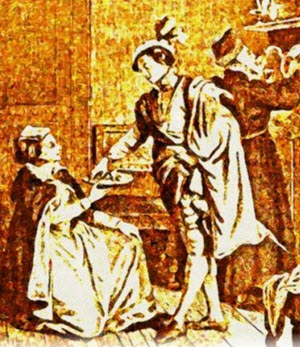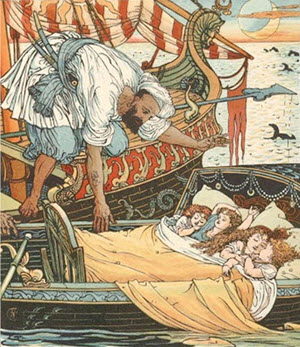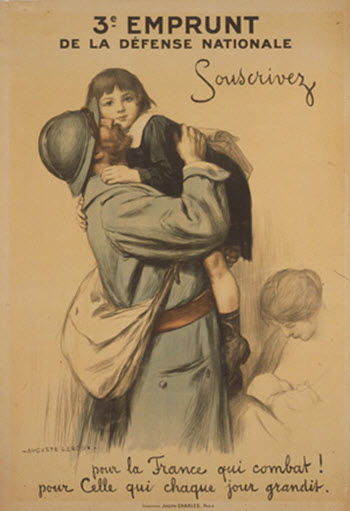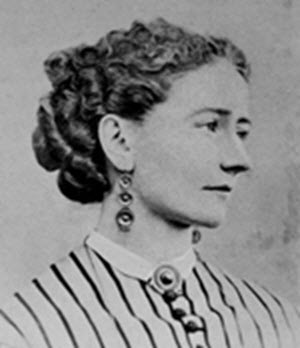Medieval Libraries and Manuscripts
Some such arrangement as this must have been long in fashion. Libraries such as those of Diane de Poitiers and Francis the First could not have been bestowed in any other way; and in fact, when books are enriched with metal-work, or have specially elaborate ornaments on their sides, a desk of some sort is indispensable.
Humbler scholars had to content themselves with small cupboards constructed in the thickness of the wall, or hung against it, as in the picture I will next shew you, from a French translation of Valerius Maximus, copied for [Pg 59]King Edward the Fourth, and dated 1479[4]. You will observe that the lower part of the window is fitted with trellises as in the French king's library, not casements. The upper part only is glazed.
Another, and apparently very usual way of bestowing books, especially when they were not numerous, was to place them in a sort of cupboard under the sloping desk on which the owner read or wrote. An excellent specimen of this device—which Richard de Bury specially commends, as being modelled on the Ark, in the side of which the book of the Law was put—is to be found in the Ship of Fools (1498). Another, of a curiously modern type, occurs in an Hours in the Fitzwilliam Museum, Cambridge, executed about 1445 for Isabel, Duchess of Brittany.
Next: Conclusion





